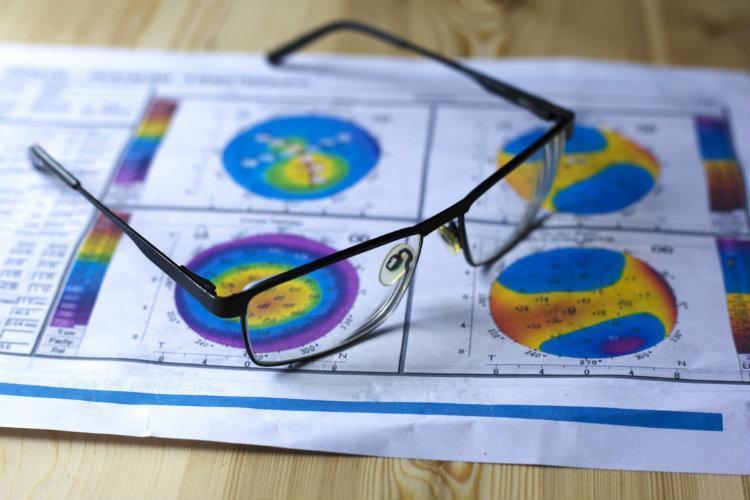Going to your eye doctor for your annual appointment is an important part of maintaining your overall health. During these annual visits, your eye doctor will be able to detect if you are suffering from Keratoconus Eye Disease. Keratoconus Eye Disease is a condition that is non-inflammatory disease that causes the dome shaped cornea to thin and take on a cone like bulge shape. This condition can cause a significant amount of vision impairment and you should not waste any time being diagnosed and treated by your eye doctor.
So, what exactly is Keratoconus?
Keratoconus effects the cornea of the eye. The cornea is the part of the eye responsible for refracting the light that enters the eye. If there are any abnormalities or injuries to this part of the eye, the way you see is going to be impaired. The cone like bulge that forms on the cornea is where Keratoconus comes in.
What are the beginning signs?
In the beginning, Keratoconus can start as slight blurring and a sensitivity to light in one or both of your eyes. Keratoconus typically begins to show signs around late teens to early 20’s. As the years pass, the eye condition may start to slow down in progression and stabilize.
Who is at risk?
While Keratoconus is not considered a rare eye disease, it is also does not occur very often. So far, there has not been any definitive answer as to why Keratoconus occurs in one person and not the other. The onset of symptoms usually occurs in young adults and teenagers around the age of puberty.
What can be done?
In the beginning stages of Keratoconus when you are suffering from a slight astigmatism or nearsightedness, contacts are used to correct the issue. As time passes and the disease progresses, the cornea becomes thinner and more cone shaped. Your eye doctor may suggest rigid gas permeable (also referred to as RGP) contact lenses to correct your vision. To maintain good vision, you more than likely will have to have frequent checkups and contact fittings to ensure you are receiving the best possible correction for Keratoconus. Usually, regular checkups and the right contacts will help you live happily with decent eye sight. In extreme cases of Keratoconus though, you may need a cornea transplant. This may be due to cornea scarring or other issues.
Keratoconus is a disease that effects 1 in 2000 people and you are not alone. Discuss with your eye doctor the best treatment options so that you can see your best life. :
